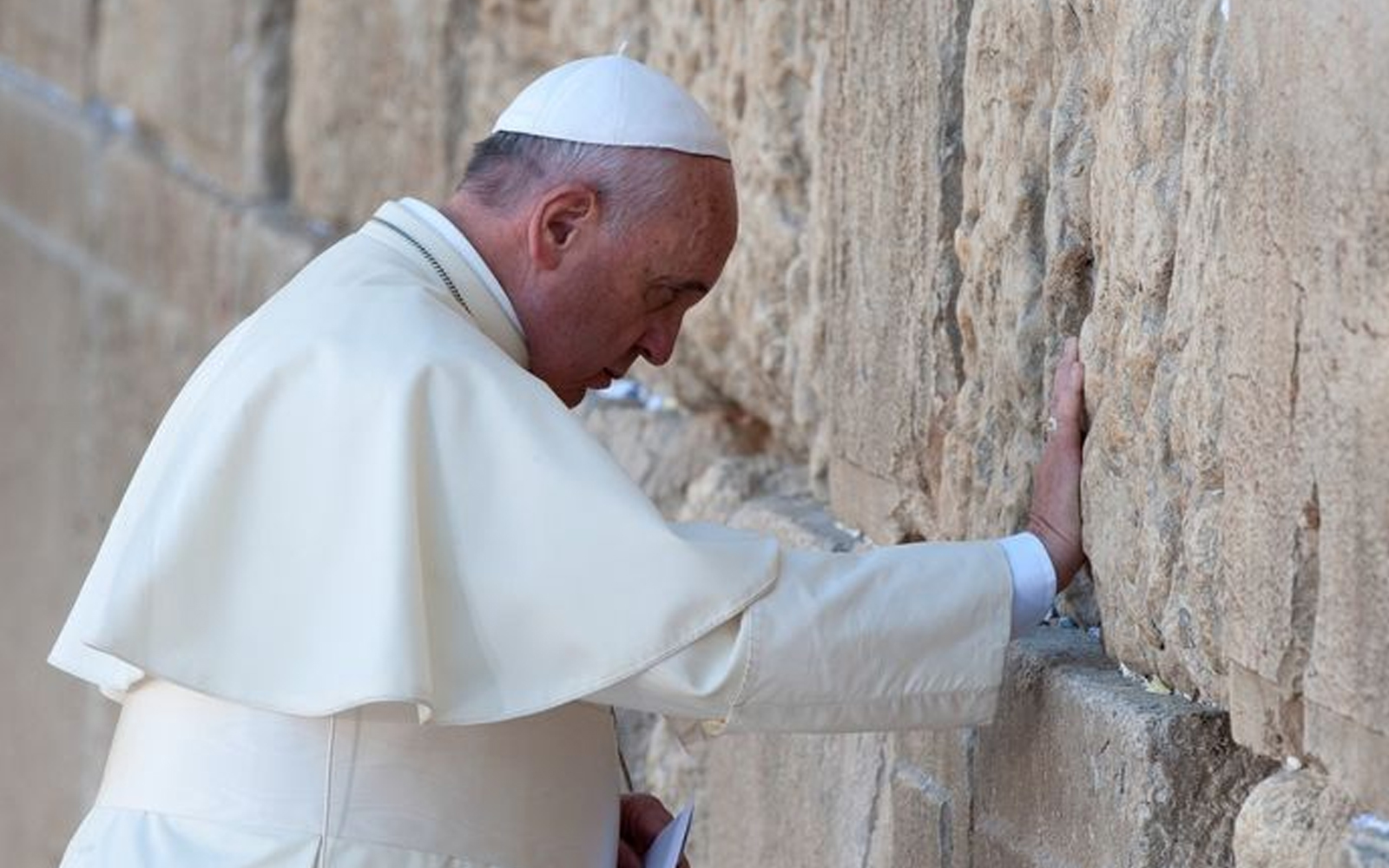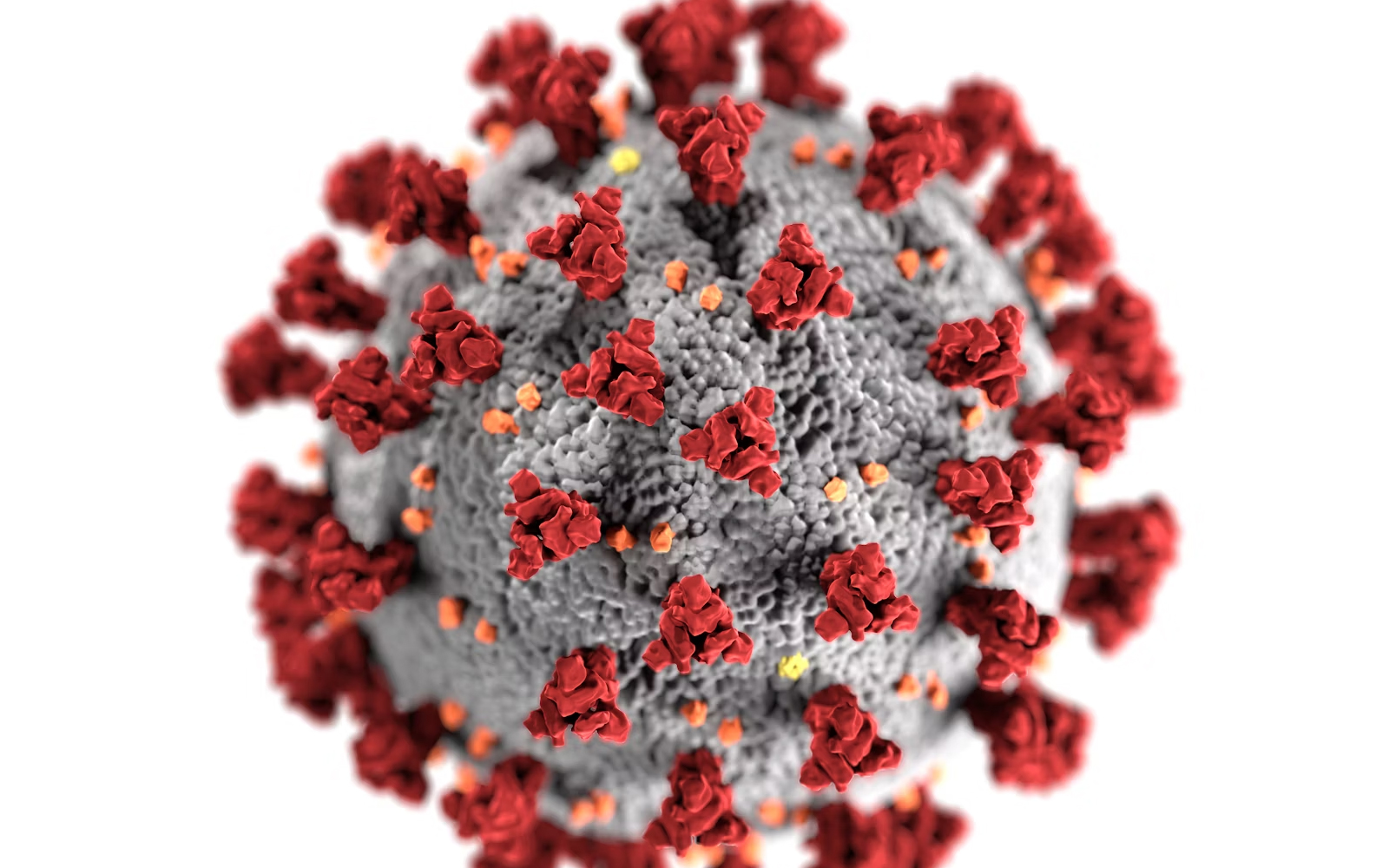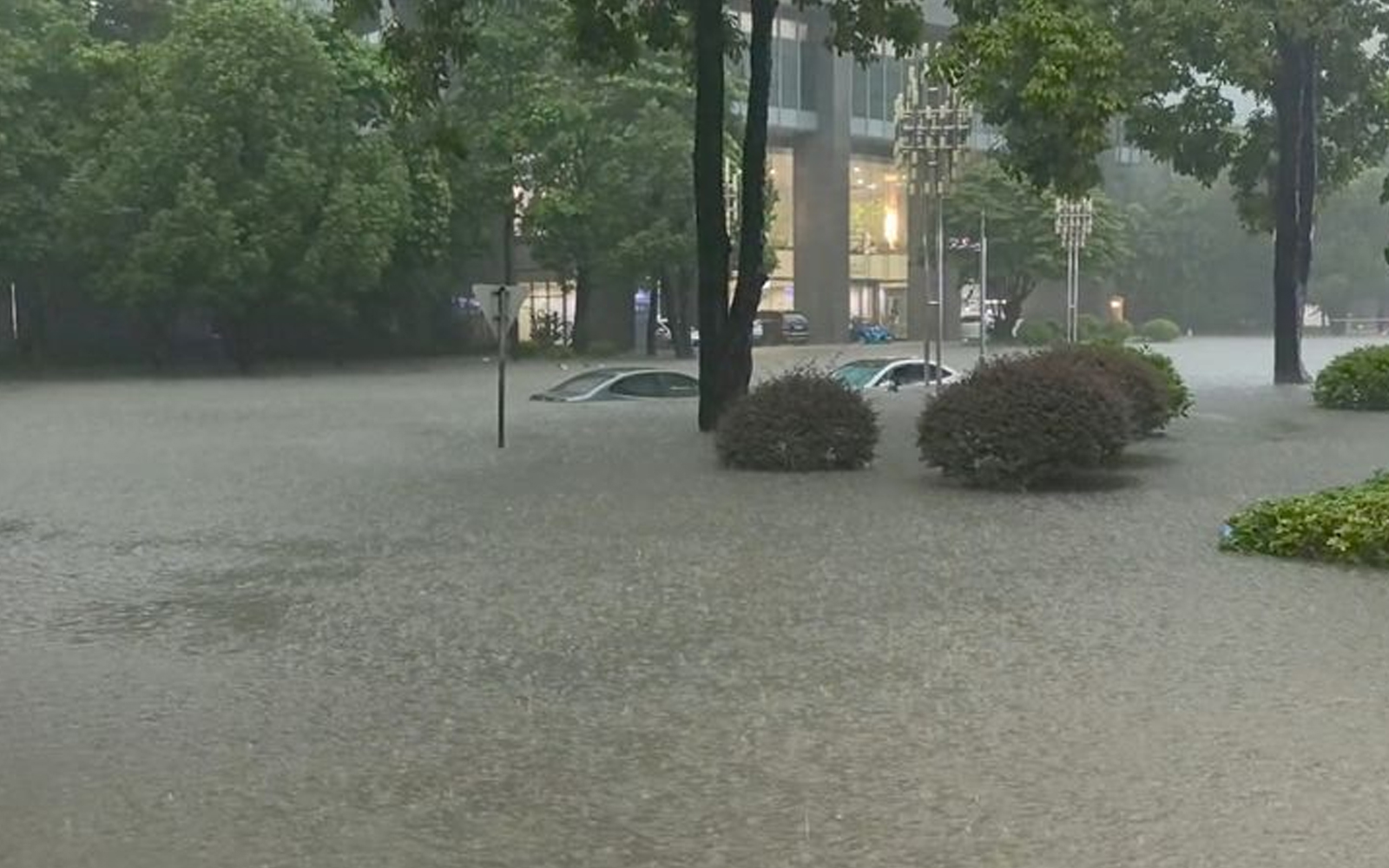
Pope Francis died peacefully and without suffering, according to his longtime physician Dr. Sergio Alfieri, who ruled out respiratory issues as the cause of death.
The pontiff passed away from a stroke and irreversible cardiovascular collapse.In an interview with the Italian newspaper Il Messaggero, Dr. Alfieri, who cared for Francis during multiple hospitalizations at Rome’s Gemelli Clinic, reflected on the pope’s final hours. “He experienced no pain, no signs of distress. He did not die from breathing complications,” Alfieri emphasized.
On Easter Monday morning, the pope’s personal nurse, Massimiliano Strappetti, alerted Alfieri that Francis wasn’t feeling well. The doctor arrived at the pope’s residence at Casa Santa Marta around 6:20 a.m. By then, Francis was unconscious, in a coma, with his eyes open. Alfieri examined his lungs — they were “clear,” showing no signs of distress.
“There was no shortness of breath, no symptoms of the kind of respiratory crisis he faced during his previous hospital stays,” Alfieri noted.
Because Francis died at home and not in a hospital, no radiological scans were performed that day. Still, Alfieri is certain: “Whether it was a cerebral hemorrhage or a stroke, one thing is clear — it was not a respiratory failure. He did not suffer.”
Later, the Vatican officially confirmed that the 88-year-old pope died from a stroke and cardiovascular collapse. Alfieri dismissed any speculation beyond that: “Other theories simply don’t hold up.”
Alfieri, who also operated on Francis in 2021 and 2023, was trained by Giovanni Battista Doglietta, a member of the surgical team that cared for Pope John Paul II. His connection to papal medical care runs deep.
Pope Francis died just one day after delivering his Easter Sunday Urbi et Orbi blessing to the city of Rome and the world. After the mass, he made a final public appearance in the popemobile, smiling and waving to pilgrims in St. Peter’s Square.
Only a few weeks earlier, he had been discharged from Gemelli Hospital, where he was being treated for bronchitis that developed into double pneumonia. His hospitalization began on February 14, and during that time he faced two severe respiratory crises that put his life at serious risk.
Despite his declining health, Francis remained active and committed to his duties until the very end.


